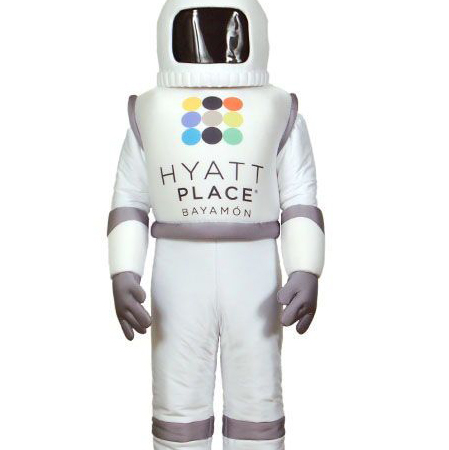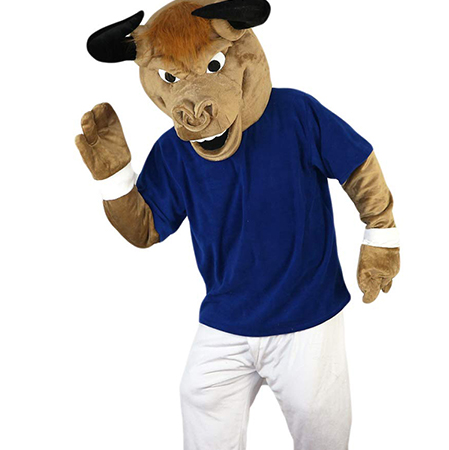Mascot costumes have long been a staple in sports and entertainment, but their potential extends far beyond the confines of arenas and stadiums. In educational settings, these vibrant and engaging characters can serve as powerful tools to capture students’ attention and facilitate learning. By incorporating mascot costumes into lessons, educators can transform mundane subjects into exciting adventures that stimulate curiosity and enhance retention.
One primary advantage of using mascot costumes in education is their ability to create a memorable and fun learning environment. When children see a larger-than-life character enter the classroom, it immediately piques their interest. This heightened level of engagement can be particularly beneficial for younger students who may find traditional teaching methods less stimulating. A well-designed mascot can become a central figure around whom lessons are built, making abstract concepts more relatable and understandable.

In addition to increasing engagement, mascot costumes also help reinforce key educational themes through repetitive exposure. For instance, if a school has a science-themed mascot named “Captain Element,” the character can be used consistently across various subjects to emphasize scientific principles. Whether discussing chemistry in class or reading about famous scientists in literature, Captain Element provides a cohesive thread that ties together diverse topics, aiding in the reinforcement of concepts.
Moreover, mascot costumes can foster a sense of community and school spirit among students. When everyone recognizes and relates to a common character, it helps build a shared identity and promotes a positive school culture. This sense of belonging can translate into improved behavior and motivation, as students feel a collective responsibility to uphold the values represented by their school mascot.

Furthermore, the use of mascot costumes can extend beyond academic lessons to support social and emotional learning. Many schools utilize their mascots to promote important life skills such as cooperation, respect, and leadership. Through skits, interactive activities, and special events led by the mascot, students can learn valuable lessons about empathy, teamwork, and problem-solving in an enjoyable and impactful manner.
Incorporating mascot costumes into the educational landscape requires thoughtful planning and creativity. Educators should work with students to develop backstories and personalities for their mascots, ensuring that they align with the school’s values and educational goals. Additionally, involving students in the creation process can provide them with a deeper connection to the mascot, enhancing its effectiveness as an educational tool.

In summary, mascot costumes offer a unique and dynamic way to enhance education. By creating engaging and memorable experiences, reinforcing key concepts, building community spirit, and supporting social-emotional development, mascots can play an integral role in the learning process. When used creatively and purposefully, mascot costumes have the potential to transform education, making learning not only effective but also enjoyable for all.
